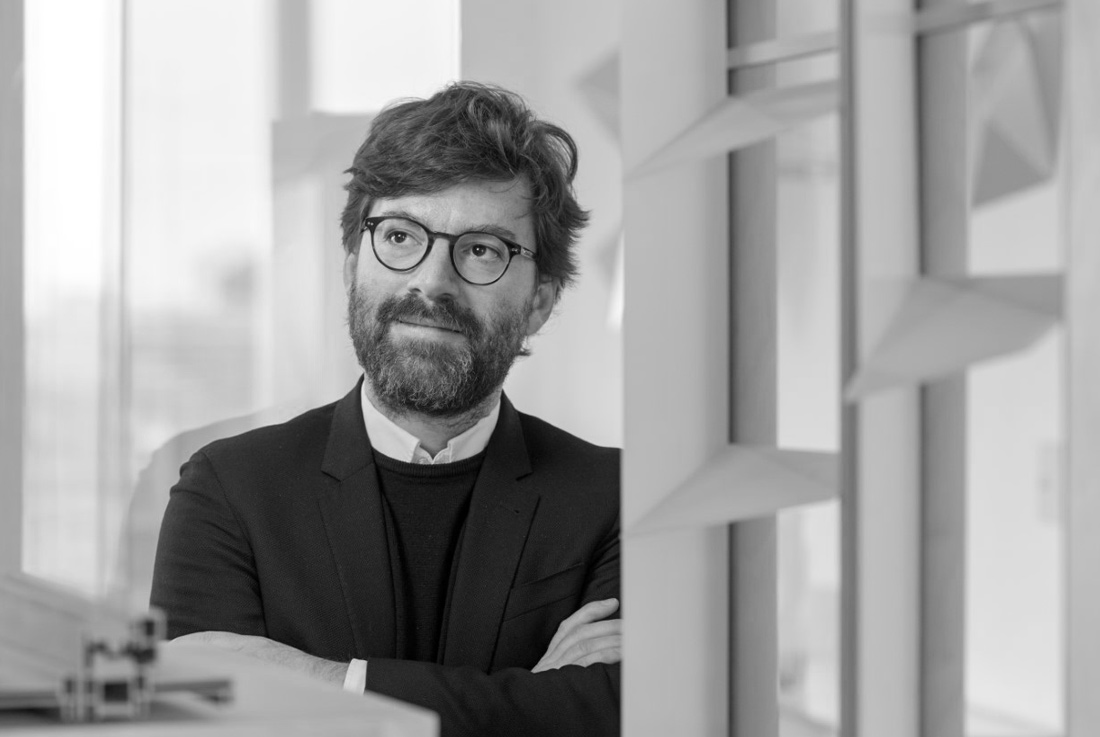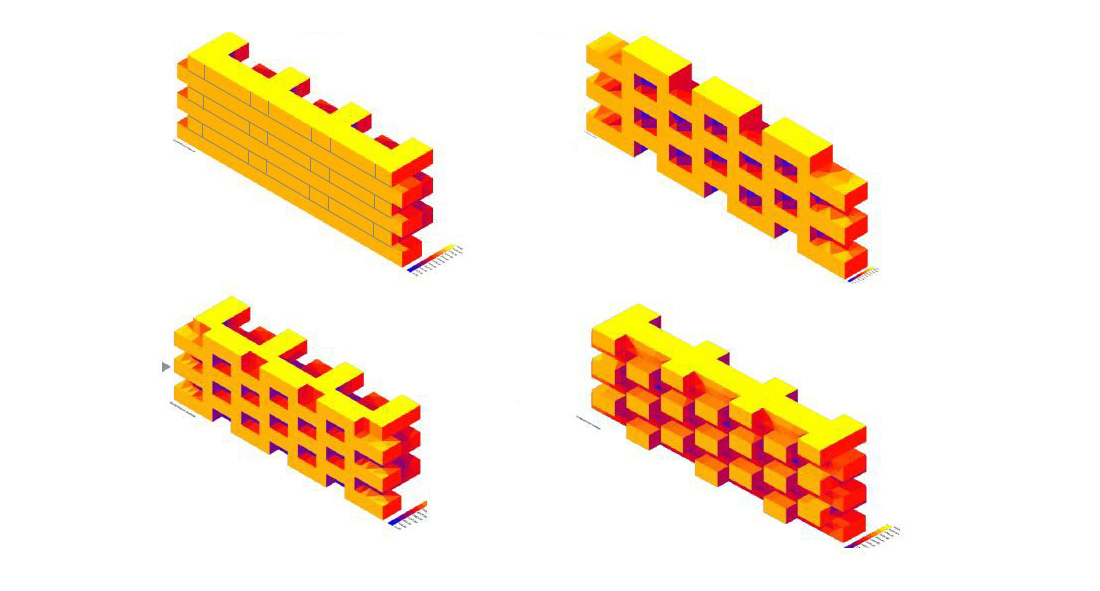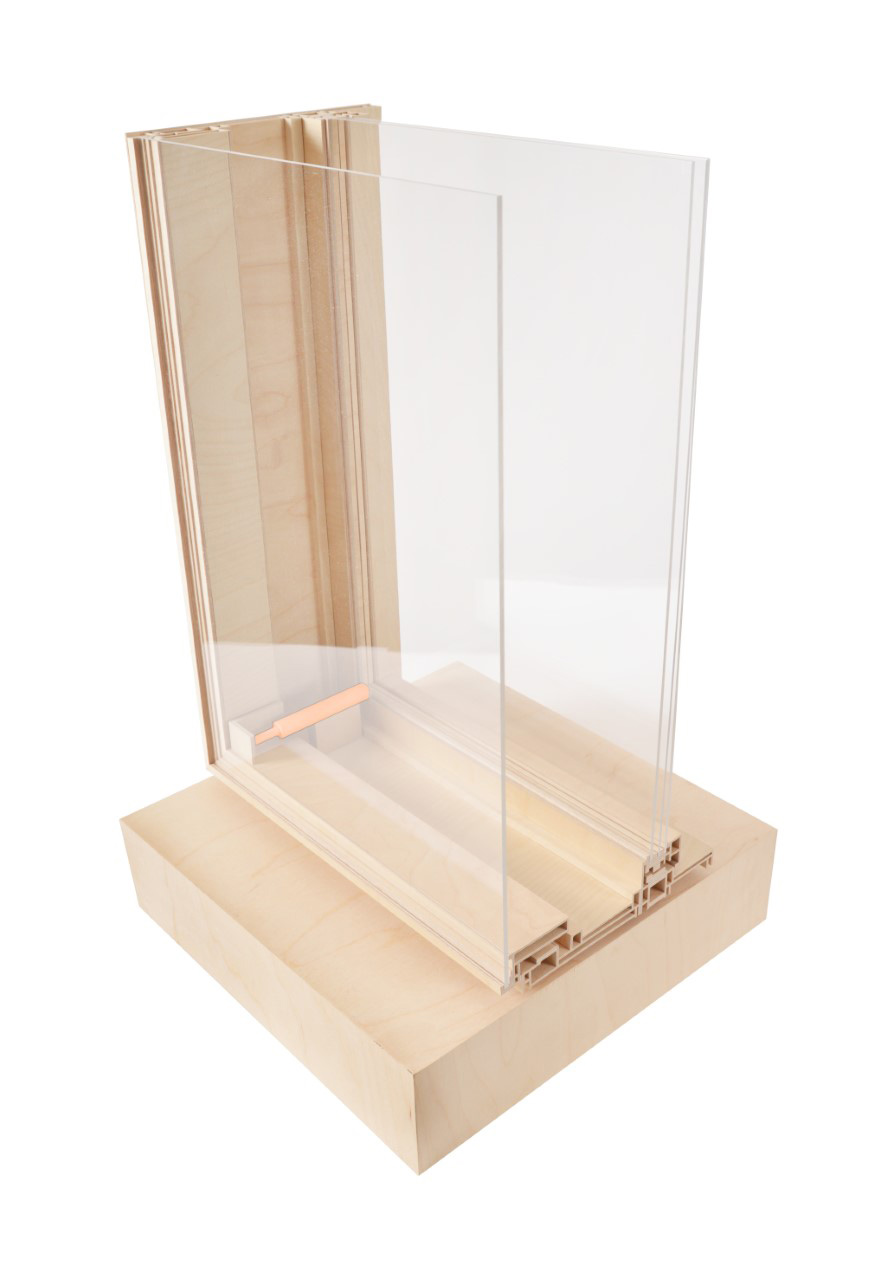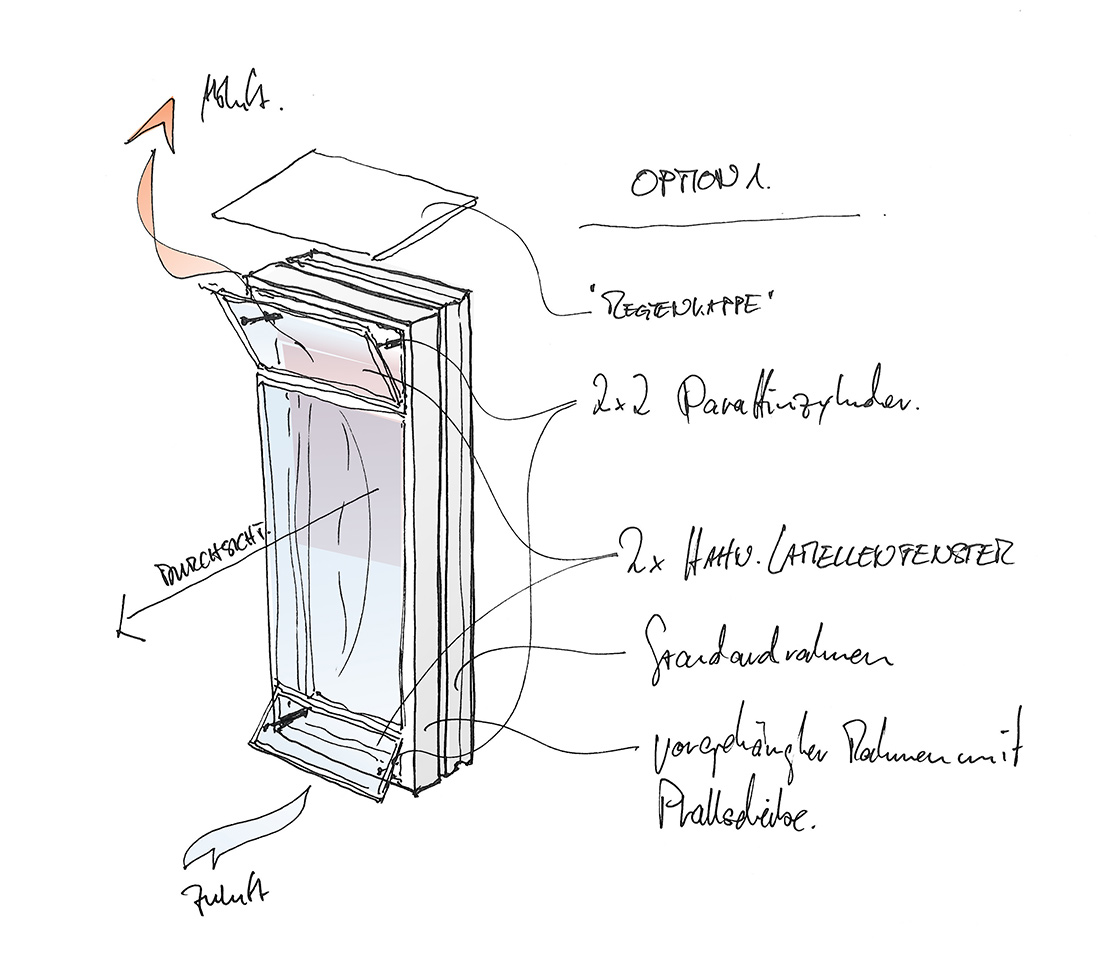Dr. Philipp Lionel Molter;
Studiomolter; Nemčija, www.philippmolter.com
Studiomolter je interdisciplinarna arhitekturno-oblikovna delavnica, ki se ukvarja z raziskovanjem in delom v praksi. Raziskuje kompleksnost in različnost na vseh ravneh arhi- tekture in oblikovanja, s fokusom na znanstveno-oblikoval- skem raziskovalnem pristopu.
Njihova metoda temelji na poglobljeni analizi kulturnega okolja in geografskih danosti. Način dela odseva tako oseb- ni kot tudi družbeni kontekst, z namenom poiskati primer- no rešitev v odprtem in skupnem oblikovnem raziskovanju z arhitekti, inženirji in drugimi strokovnjaki.
Phillipp Lionel Molter je kot arhitekt več let delal v
mednarodno priznanem biroju Renzo Piano Building Wor- kshop, in sicer pri večjem projektu v središču Londona. Po koncu gradnje je leta 2010 osnoval lastno pisarno in v na- slednjih letih izvedel več nagrajenih projektov. Je eden od vodij katedre za arhitekturno oblikovanje in stavbni ovoj na Tehniški univerzi v Münchnu. Pri raziskovalnem in pedago- škem delu se osredotoča na prilagodljive stavbne ovoje ter njihove toplotne, vizualne in okoljske karakteristike. Philipp Lionel Molter je tudi izumitelj, saj je nosilec patenta pri Evropskem patentnem uradu. Za svojo doktorsko nalogo je bil nagrajen z nagrado dr. Marschalla, ki jo za izjemne disertacije podeljujejo na oddelku za arhitekturo Tehniške univerze v Münchnu.













